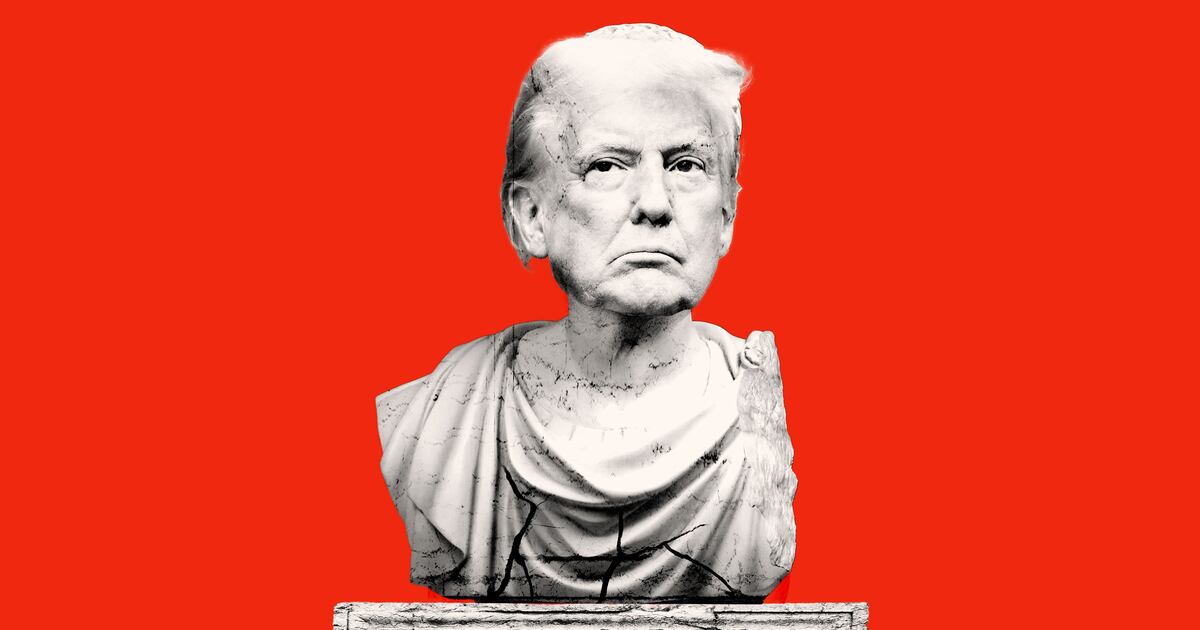The Power and the Glory by Graham Greene was the novel that taught me about the kind of writer I longed to be. Needless to say, countless books have been critical to my development as a reader and human being, but no other work offered quite the same revelation concerning my own ambitions. First some background: I came of age, roughly half a century ago (the sound you just heard was me hitting the floor after I wrote those words) in an era when almost all literary professionals—everyone from high school English teachers to the most esteemed authors—accepted a distinction between high art and low.
This hierarchy was first articulated in 18th century Europe, but it had surged into the American conversation around the start of the last century, due to the works of the Spanish-American philosopher George Santayana. “High art,” it was said, could be best appreciated only with education. In line with that, high art was harder to understand, but offered deeper aesthetic pleasures.
It was more intellectually complex, more subtle in its aims, and more nuanced emotionally. Low art was for the masses. Its pleasures and methods were more basic and far less refined. By these terms, popular narrative art—TV or Hollywood movies or books that appeared on the bestseller list—were generally dreck, guilty pleasures at best. They were to art as cotton candy was to food.
The snootiness of these distinctions bothered me. How great could any work of art be if it proceeded from the assumption that most people wouldn’t get it? Even so, I sometimes reluctantly took the point. Most Hollywood movies were in fact bad, largely because they were utterly predictable at every instant. Most suspense novels were also appropriately regarded as less worthy works—clumsily written, peopled with vaporous characters, and destined for outcomes certain almost from the first page.
The Perry Mason TV show was a great example of Low Art. What did we ever learn about Perry, beyond what we knew to start? His clients were always innocent and Della Street adored him unrequitedly. Despite that, I watched Perry every Saturday night, fascinated by the Low Art game of spotting the real bad guy. Serious critics would dismiss those kinds of plot machinations as the tail wagging the dog, meaning plot was more or less defeating more subtle high art objectives, like character development.
On the other hand, high art novels weren’t entirely to my taste either, in part because the intellectual class itself was somewhat divided about what was good. On the one hand there were avant-garde works, like the French New Novels by Alain Robbe-Grillet or the fiction of American author John Hawkes, which I found deliberately abstruse. (Hawkes once remarked that “the true enemies of the novel were plot, character, setting, and theme.”) I hated the way those books made no concessions to readers and seemed to ridicule the audience as dumbbells if they couldn’t understand.
At the other pole of respectability, here in the U.S., were the realist writers, who valued verisimilitude above all else. Their roots were in the works of novelists like Theodore Dreiser, who favored portrayal of the so-called middle range of experience, which is to say ordinary daily life in which nothing much happens.
Saul Bellow was the reigning realist champion. I loved Bellow—the immense vigor of his writing, the fierceness and ferment with which he talked about ideas. But I didn’t have much to say in response when friends complained that they found his books boring, because virtually nothing of outward consequence occurred.
Enter Graham Greene and The Power and the Glory. As I recall, it was one of my professors at Amherst College who suggested the book. I remember lying on my dorm bed and feeling as if I’d been nailed in place there from the first words.
“Mr. Tench went out... into the blazing Mexican sun and bleaching dust. A few buzzards looked down the from the roof with shabby indifference: he wasn’t carrion yet.” The lines were sharp as a dagger point. How much did I know about Tench and the Mexican town from the fact that even the buzzards had grown discerning?
As it happened, however, Power was not merely written with extraordinary grace. It told a story of virtually unbearable suspense. The main character was not Tench (to whom the novel loops back at the end) but a circumspect figure whom Tench encounters lurking in the shadows near the harbor, eyeing a departing freighter.
Never named, the man proves to be on the run from the ruthlessly anti-clerical Socialists who governed Tabasco Province in the ’30s. His crime? He is a Roman Catholic priest. But not the kind of priest one saw in Hollywood movies, like Bing Crosby in Going My Way. Greene's character was a drunk and the father of an illegitimate child. But, we realize eventually, he remains a person of radiant goodness and deep faith. I might even argue today that the Whiskey Priest, as Greene referred to his protagonist, is sentimentally good.
But the novel remained a revelation, because it was so exquisitely and economically written, so subtle in its characterization and so gripping. Moreover, this novel demonstrated how plot, properly employed, is not an obstruction to character, but in fact a way to reveal it. Part of the depth of the Whiskey Priest is what we learn about him as he tries throughout the book to evade death.
Over the years, as I went on with my own writing, trying to define the kind of novelist I’d most like to be, The Power and the Glory remained a kind of beacon. I loved many writers, but Greene’s work was an epitome of what I thought literature should strive for: beautifully wrought, revelatory about people, and involving to a wide audience.
Today in the U.S., the high/low distinction has largely collapsed. ET and Atonement are both regarded as great works of narrative art. Hamilton demonstrates the subtlety and brilliance of rap, which years ago would have been disregarded as a “low art” form. And even mysteries or thrillers, like the books I’ve been writing since Presumed Innocent, sometimes earn plaudits from serious critics.
Scott Turow is the author, most recently, of the just published novel Testimony. His other bestselling works include the novels Identical, Innocent, Presumed Innocent, and The Burden of Proof, and two nonfiction books, including One L, about his experience as a law student. His books have been translated into more than forty languages, sold more than thirty million copies worldwide, and have been adapted into movies and television projects. He has frequently contributed essays and op-ed pieces to publications such as The New York Times, Washington Post, Vanity Fair, The New Yorker, and The Atlantic.






